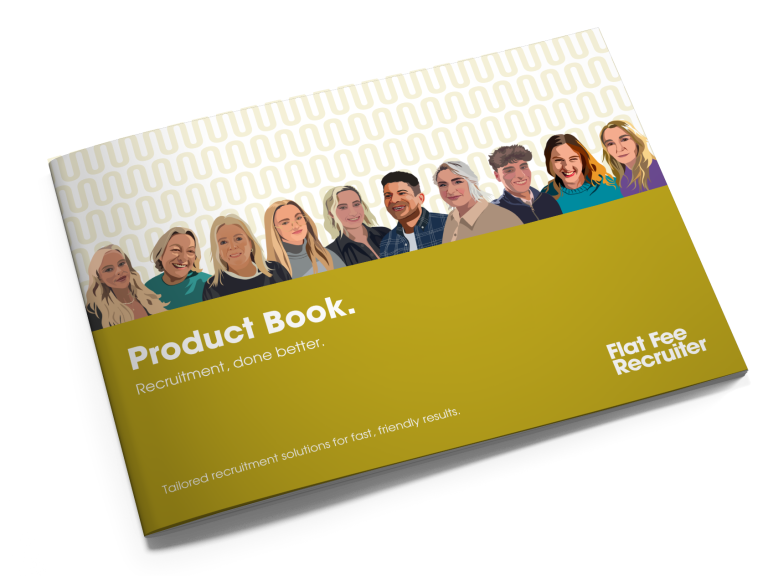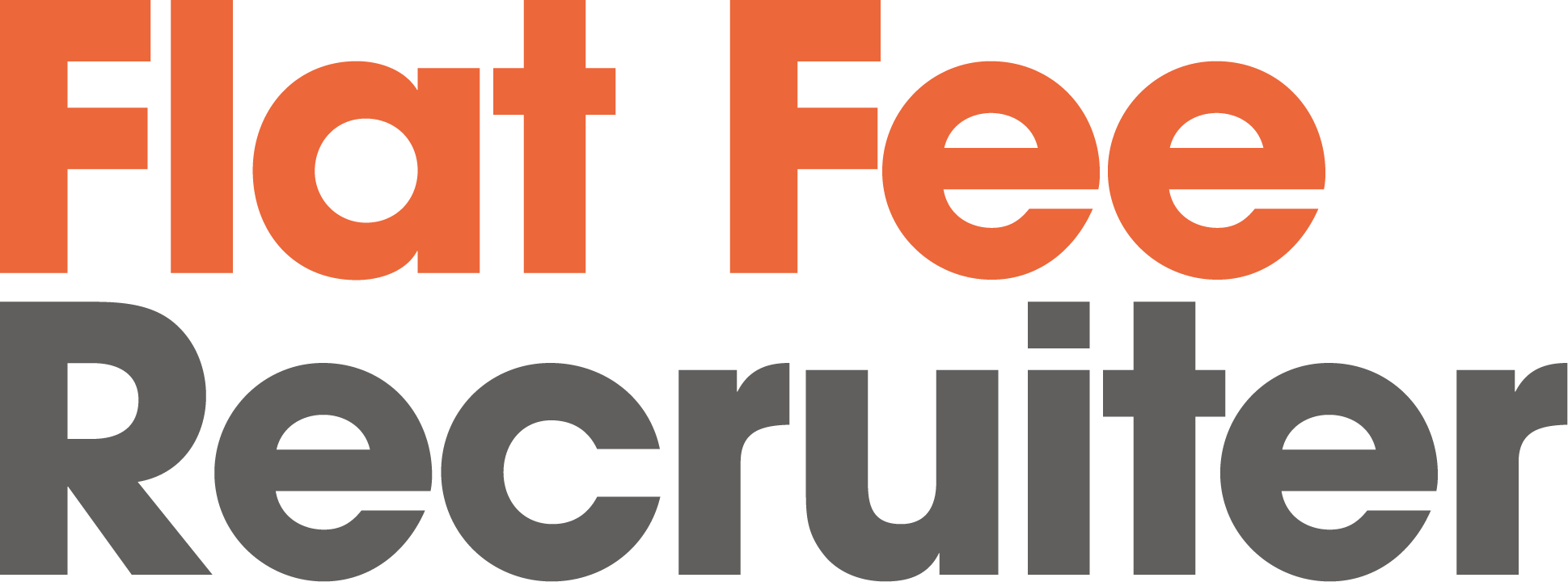
UK labour market August 2025 & what employers need to know.
NewsIntroduction.
We created this UK jobs market report to give employers a clear, practical view of what is happening now and what to do next. It brings together the latest CIPD Labour Market Outlook, the July ONS labour market bulletin, REC and KPMG recruiter surveys, Adzuna vacancy trends and WaveTrackR posting data. We cross checked the numbers, read the original releases, and combined them with our day to day hiring insight so you get one trusted source. The result is a concise read that explains demand, pay and vacancies, highlights compliance changes that affect hiring, and ends with actions you can take today.
In a nutshell.
-
The latest CIPD Labour Market Outlook shows fewer employers planning to recruit and a subdued net employment balance.
-
Unemployment has edged up, vacancies have fallen again, and regular pay growth is still positive in real terms.
-
Permanent placements are falling and starting salary growth has eased, while July saw a rebound in postings and placements in some datasets. Applications per job slipped.
-
There are hints at stabilisation in parts of the market.
-
The Bank of England has cut rates, the government is moving to restrict the use of non disclosure agreements in discrimination cases, and skilled worker immigration rules have tightened.
Demand and confidence.
The latest CIPD outlook points to weaker private sector hiring appetite. A smaller share of private employers expect to recruit in the next three months and the net employment balance remains low. Many organisations say higher employment costs are driving caution, with National Insurance changes cited prominently. Hard to fill roles persist for a sizeable minority and sentiment in the public sector is weaker.
The ONS picture.
In the three months to May 2025, the employment rate eased, unemployment rose and vacancies declined again. Regular and total pay growth slowed but stayed positive in real terms as inflation fell back. Business survey data shows that worker shortages remain in parts of the economy, especially among larger employers, which explains why some roles still require competitive offers and faster processes.
What recruiters are seeing.
Survey data points to fewer permanent placements, rising candidate availability and slower growth in starting salaries. At the same time, Wave’s July report indicates job postings and placements increasing, while applications and applications per job slipped. Real time vacancy sites report year on year growth in ads and in average advertised pay, suggesting tentative stabilisation.
Policy and legal shifts to plan for.
-
The Bank of England has reduced Bank Rate. Cheaper finance can support investment and hiring, although effects take time to feed through.
-
The government is moving to prevent non-disclosure agreements from silencing allegations of harassment or discrimination. Employers should review templates and settlement practices.
-
Skilled worker rules that came into effect in late July raise skill and salary thresholds and constrain overseas recruitment for some roles. Expect longer hiring lead times and more pressure on domestic pipelines.
Why ‘be human’ matters in 2025.
Courts and regulators are scrutinising automated screening tools. High profile claims about age discrimination in algorithmic hiring in the United States, together with recent UK tribunal outcomes on indirect age discrimination, show that technology does not remove your equality duties. Keep people in the loop, test criteria for adverse impact, and record the reasons for decisions. Seemingly neutral requirements, for example a degree in redundancy or selection scoring, can disadvantage older workers unless they are objectively justified.
What this means for employers.
Workforce planning.
-
Build scenarios and use a conservative demand case and phase headcount decisions so you can adjust quickly.
-
Strengthen pipelines by creating early career, returner and progression routes to offset tighter immigration rules.
Pay and offers.
-
Salary benchmark frequently as regular pay growth has cooled but remains positive in real terms, so very low offers, risk longer time to hire.
-
Use selective sign-on or small retention incentives for shortage roles rather than across the board increases.
Sourcing mix.
-
Expect fewer applications in some channels and keep a balanced board mix and refresh adverts more often.
-
Improve relevance by using clear, job related questions that screen fairly and reduce noise.
Selection quality.
-
Keep human review central to your screening processes and reduce the bias risk.
-
Record reasons for inclusion and exclusion so you have an evidence trail if challenged.
Compliance refresh.
-
Update your templates and your contracts to reflect the changes to NDAs and speaking up procedures.
-
Map sponsorship needs by identifing roles affected by immigration changes and allow for longer lead times.
Budgeting.
-
Track employment cost pressures as National Insurance and wage floors are shaping hiring appetite, particularly in hospitality and care.
How we will help you navigate Q3 and Q4.
-
Evidence led attraction: We place each role where data shows it performs best and adjust copy, salary positioning and timing as the market moves. We will also keep you informed you through talent mapping insights and salary benchmarking to help you make informed decisions.
-
Wide sourcing mix with tailored solutions: With our job board partners and our in house recruiter skill be assured that we will keep adverts fresh and act quickly when we spot great talent.
-
Human led screening: We combine fair, job related questions with manual CV review for better shortlists and lower legal risk.
-
Compliance guardrails: We keep your advert language, selection criteria and documentation aligned to current rules and case law.
Next steps…
We would love to understand your challenges more and help you create some actionable plans. Why don’t you consider…
-
Booking a hiring plan review with a specialist member of our team to pressure test your Q3 and Q4 hiring requirements, budget and timelines, with a transparent and evidence-based approach.
-
Requesting a role audit with one of your vacancies and we will optimise the advert, sourcing mix and selection criteria.
-
Adding manual CV screening to your hiring campaigns to protect fairness and improve shortlist quality by adding our human review to your next campaign for just £300.
Simply book a meeting here today and lets talk!
Book your consultation meeting today.
We are here to help you with your recruitment challenges.
Using transparent and evidence based tools we can dive deep into your competition, the jobs market and talent pools to help you create clear and actionable hiring strategies.

Download the product book.
Complete end-to-end recruitment solutions to suit your budget, vacancy and time constraints.

